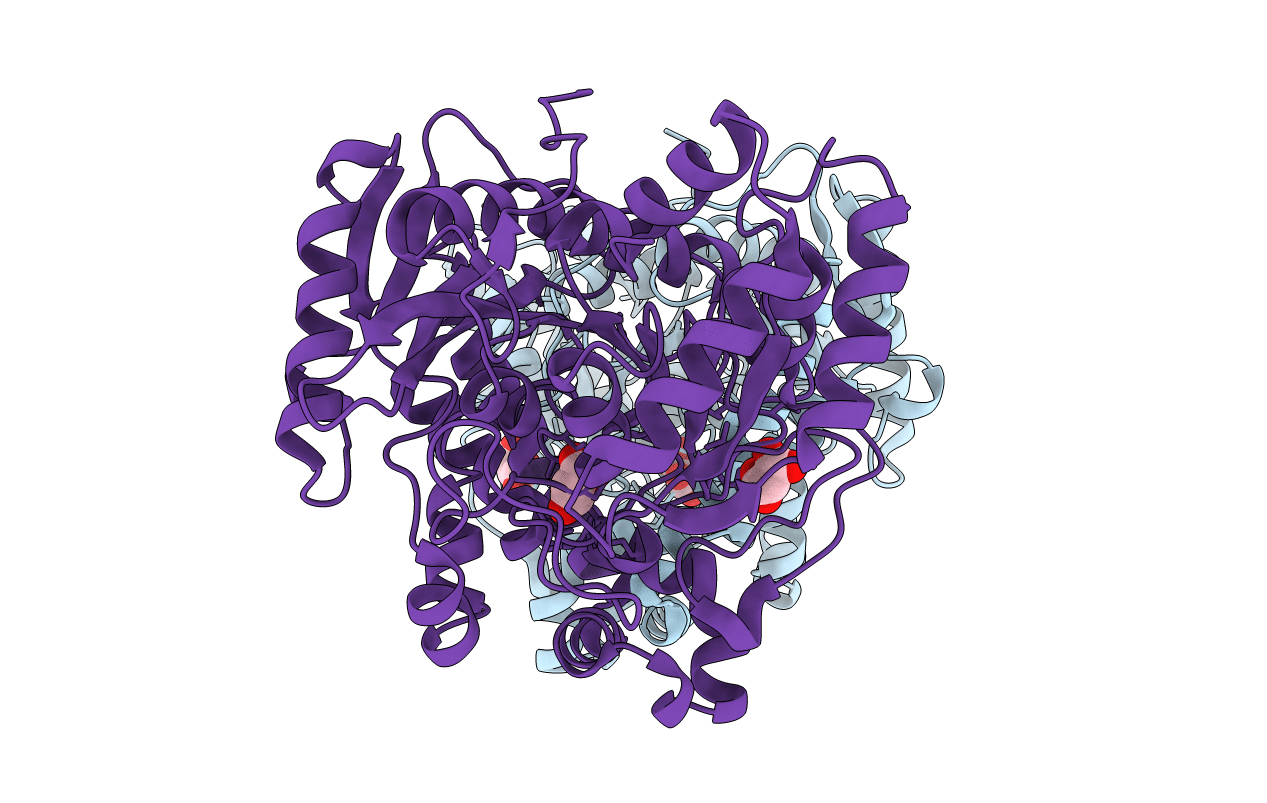
Deposition Date
2012-09-05
Release Date
2013-01-30
Last Version Date
2023-09-13
Entry Detail
PDB ID:
4GYS
Keywords:
Title:
Granulibacter bethesdensis allophanate hydrolase co-crystallized with malonate
Biological Source:
Source Organism:
Granulibacter bethesdensis (Taxon ID: 391165)
Host Organism:
Method Details:
Experimental Method:
Resolution:
2.20 Å
R-Value Free:
0.20
R-Value Work:
0.17
R-Value Observed:
0.17
Space Group:
P 61


